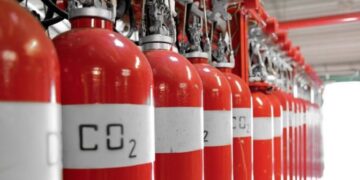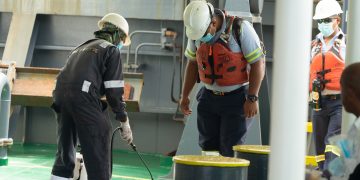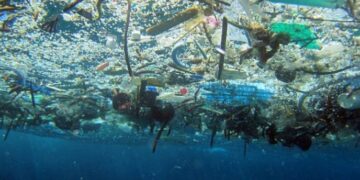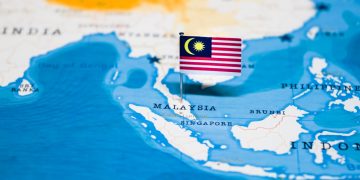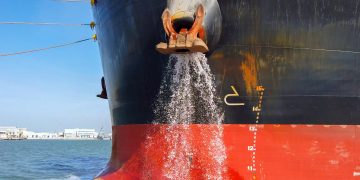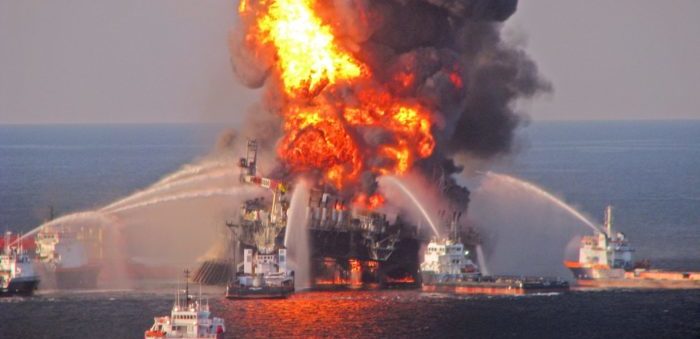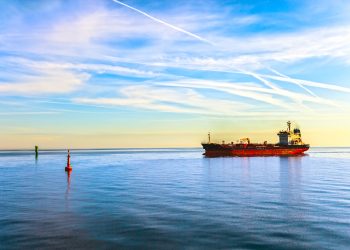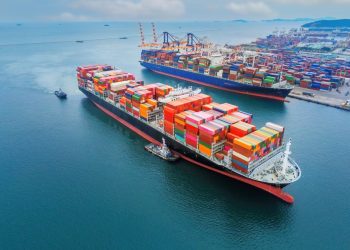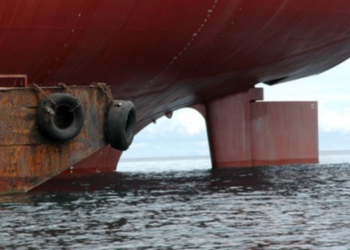On Tuesday, a coalition of environmental groups filed a lawsuit regarding the US Interior Department’s decision to ease safety rules put in place by the Obama administration in the aftermath of the fatal 2010 BP Deepwater Horizon oil spill.
The US Department of the Interior’s (DOI) Bureau of Safety and Environmental Enforcement (BSEE) had adopted the rule in 2016 to implement offshore safety measures that would prevent another Deepwater Horizon disaster — which killed 11 people and caused one of the worst oil spills ever in northern Gulf of Mexico.
However, the Trump administration revised the 2016 Well Control and Blowout Preventer Rule, in a bid to remove ‘unnecessary regulatory burdens’ to offshore development, and therefore boost the national energy sector.
In this regard, the lawsuit filed in a federal district court in California alleges that the agency disregarded the evidence and expert findings that underpinned the 2016 well control rule when it revised and repealed those safety measures, and was not transparent when drafting the replacement.
The rule required some upgrades to drilling technology and practices, such as adding back-up safety mechanisms.
It also required operators to regularly test safety equipment to make sure it will actually function in an emergency — unlike the Deepwater Horizon’s equipment, which failed and allowed the blowout.
It also required inspectors to be completely independent from the oil and gas industry.
The groups, including Earthjustice and the Southern Environmental Law Center, said the agency failed to weigh how the rollbacks could harm offshore safety and the environment, especially as it considers opening up the Atlantic, Pacific and Arctic coasts to drilling.
They also noted the Interior Department violated the bedrock National Environmental Policy Act by failing to complete a comprehensive impact study before revising the rules and instead determining that the rollback would have “no significant impact.”
The Deepwater Horizon explosion is an industrial disaster that began on 20 April 2010, in the Gulf of Mexico, resulting in 11 deaths, 17 injuries and a discharge of about 4.9 million barrels of oil into the sea, leaving a heavy legacy in the history of oil and gas industry.






